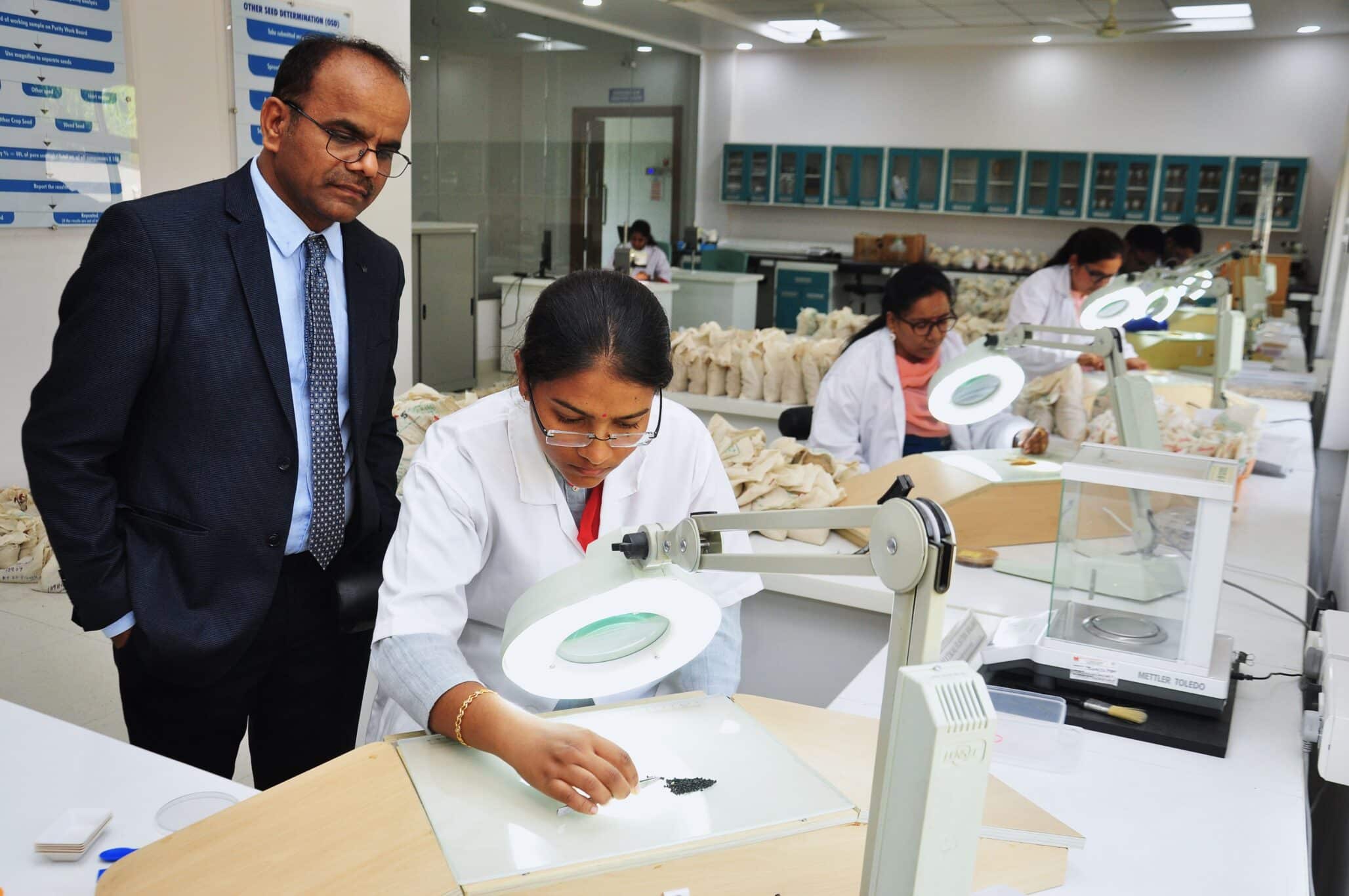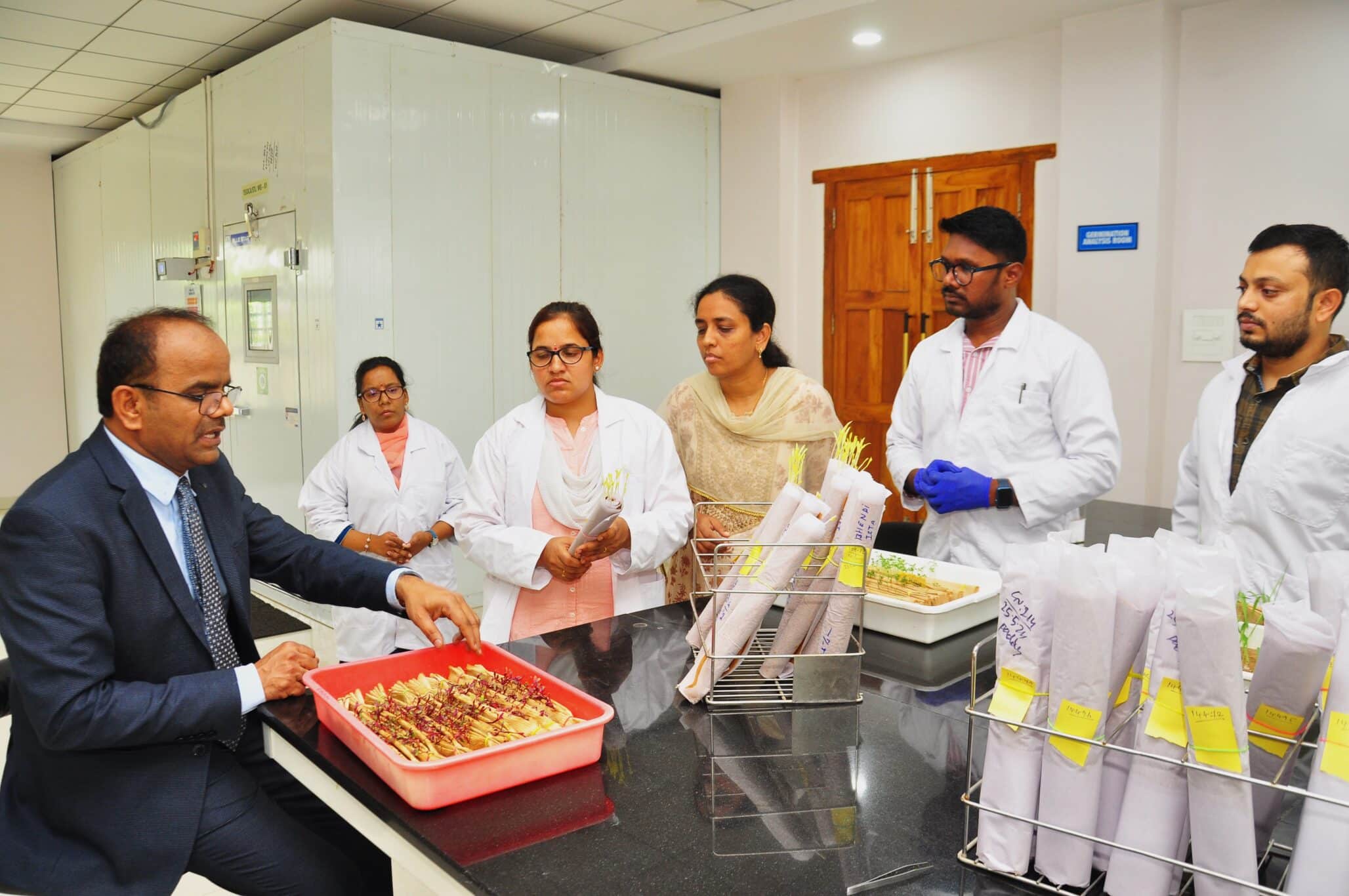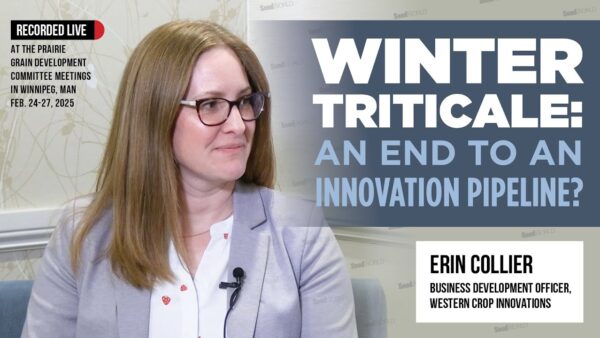If you look on YouTube for the history of seed testing, you’ll be confronted with a movie published by NIAB in Cambridge detailing seed testing in the 1930s.
According to Andreas Wais, some of these practices are still used across the globe today.
“There’s a bit of split results,” says Wais, Secretary General of the International Seed Testing Association (ISTA). “On one hand, you have laboratories following these older techniques, and on the other hand, there are laboratories heavily invested in new technologies.”
That’s where ISTA steps in.
“As ISTA, we look through our accreditation system in a way that we have control over the quality through proficiency testing,” he says. “So, no matter if you have older or newer technology, we can still ensure everything matches the ISTA rules.”
Tacking Technology
The biggest concern Wais sees in seed testing right now is all focused on technology.
“Everything is developing very fast,” he says. “Even at our offices, we’ve now switched everything — including bookkeeping and all of our processes — to a cloud-based system. Luckily, that makes it easier for our 20 Technical Committees to exchange information and collaborate.”
The difficult part, though, is how that technology translates to seed testing. For example, ISTA is working on ensuring seed industry have access to electronic certificates to speed up international seed trade.
“They should be available for beta testing at the end of the year,” Wais says.
One of the tension points, however, surrounds the idea of seed testing uniformity across the globe, when all seed testing labs are different. According to Wais, there are still the five points defined over 150 years ago by Friedrich Nobbe ISTA follows to achieve seed testing uniformity:
- Seed testing must be science-based laboratory testing.
- Sampling is critical — if you don’t sample correct, you cannot get correct results.
- Ensure standardized methods for all tests needed.
- All tests need to be completed before the farmer gets the seed.
- Statistics have a fundamental role in seed testing.
However, Wais says there’s an easy answer to seed testing uniformity.
“It’s very simple — all labs and international trade should be ISTA accredited,” he says. “At least it sounds simple! At the very minimum, we need all labs to follow the same standards, which includes standards in sampling, testing and reporting to get comparable results.”
“For us, it is important that rules for sampling testing and reporting are applicable globally,” Wais says. “If all labs are following the same approach, no matter where they are on the continent or the planet, then it’s a perfect solution.”
Be sure to check out Andreas Wais’s full Giant Views interview:













